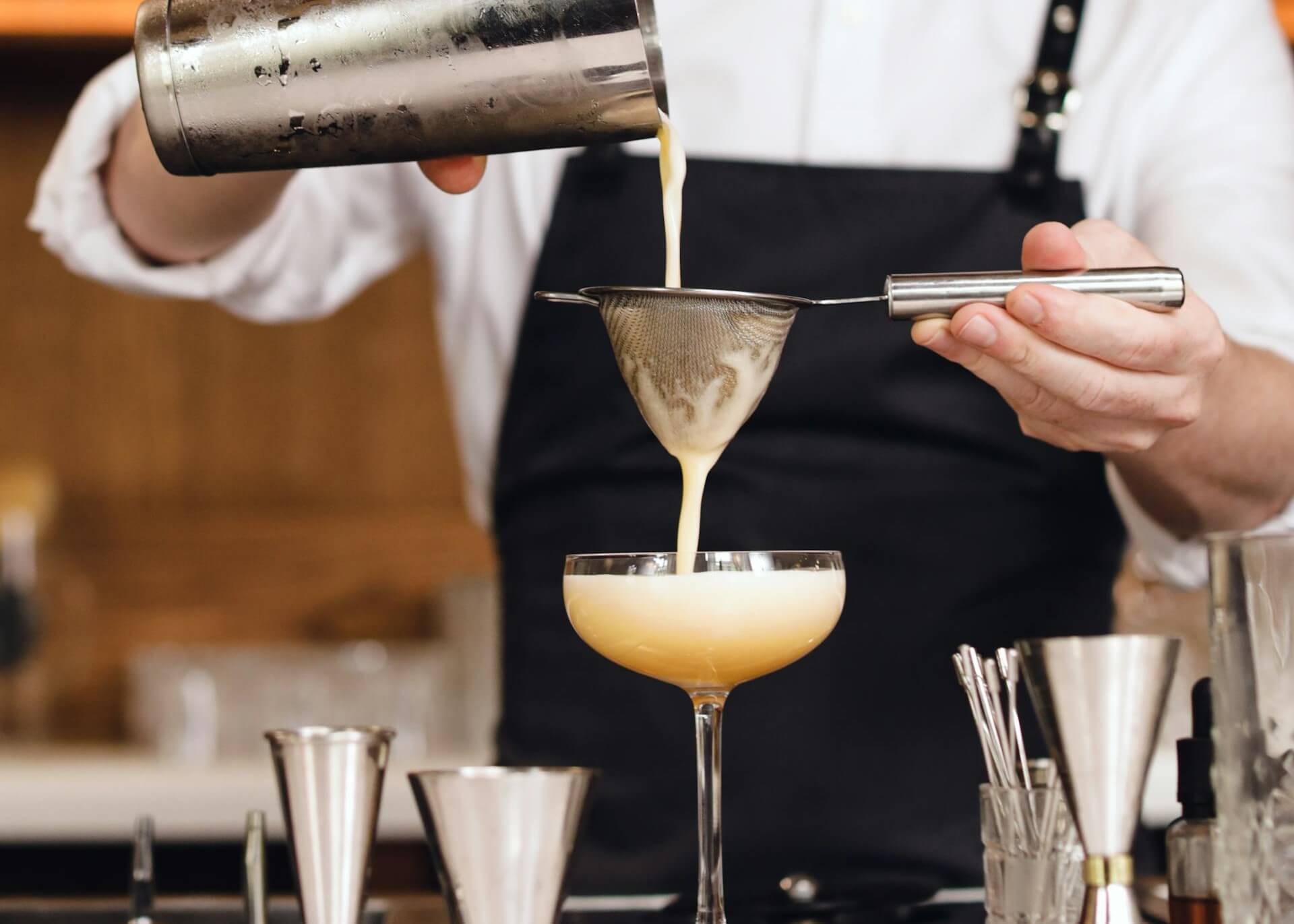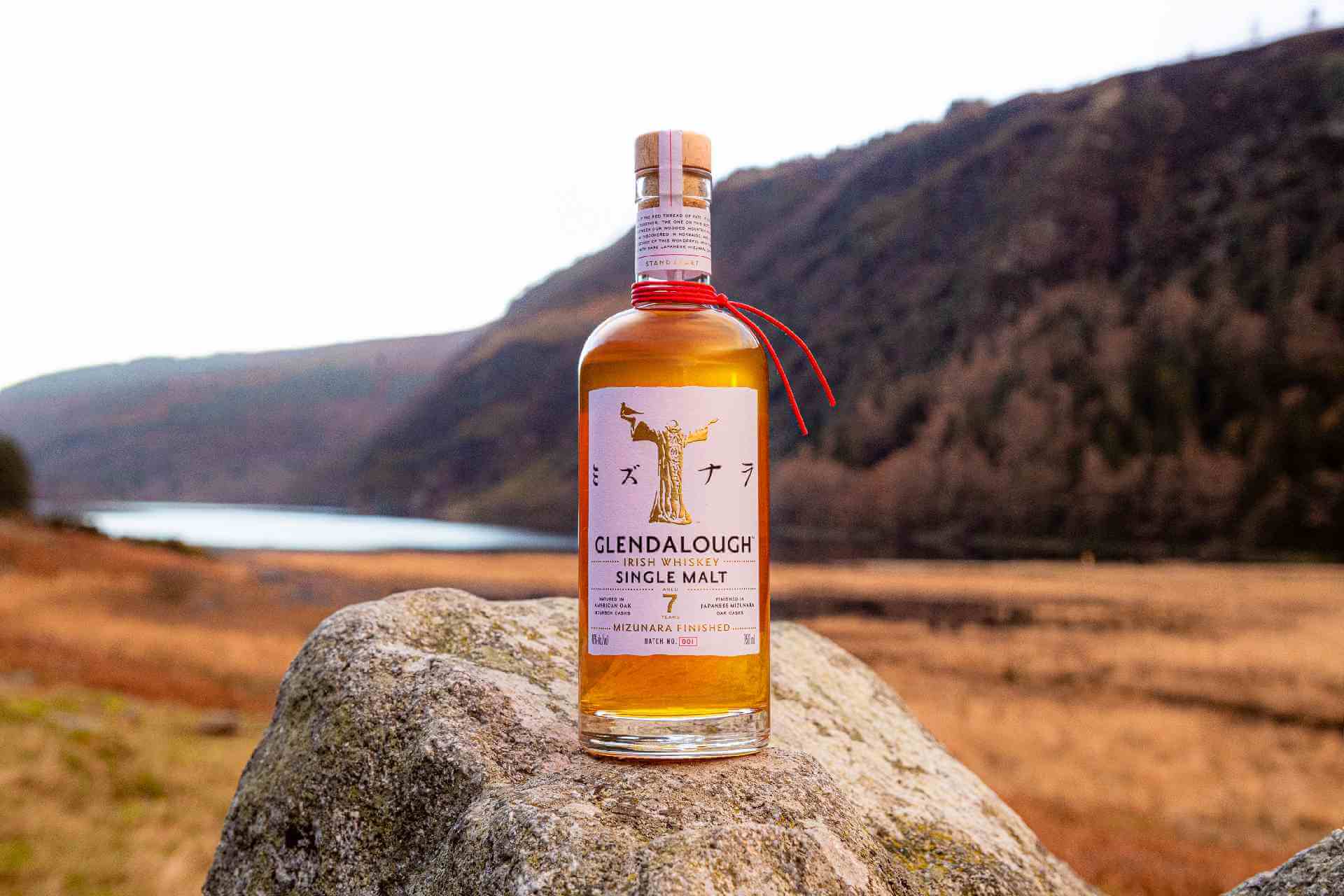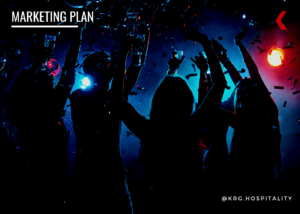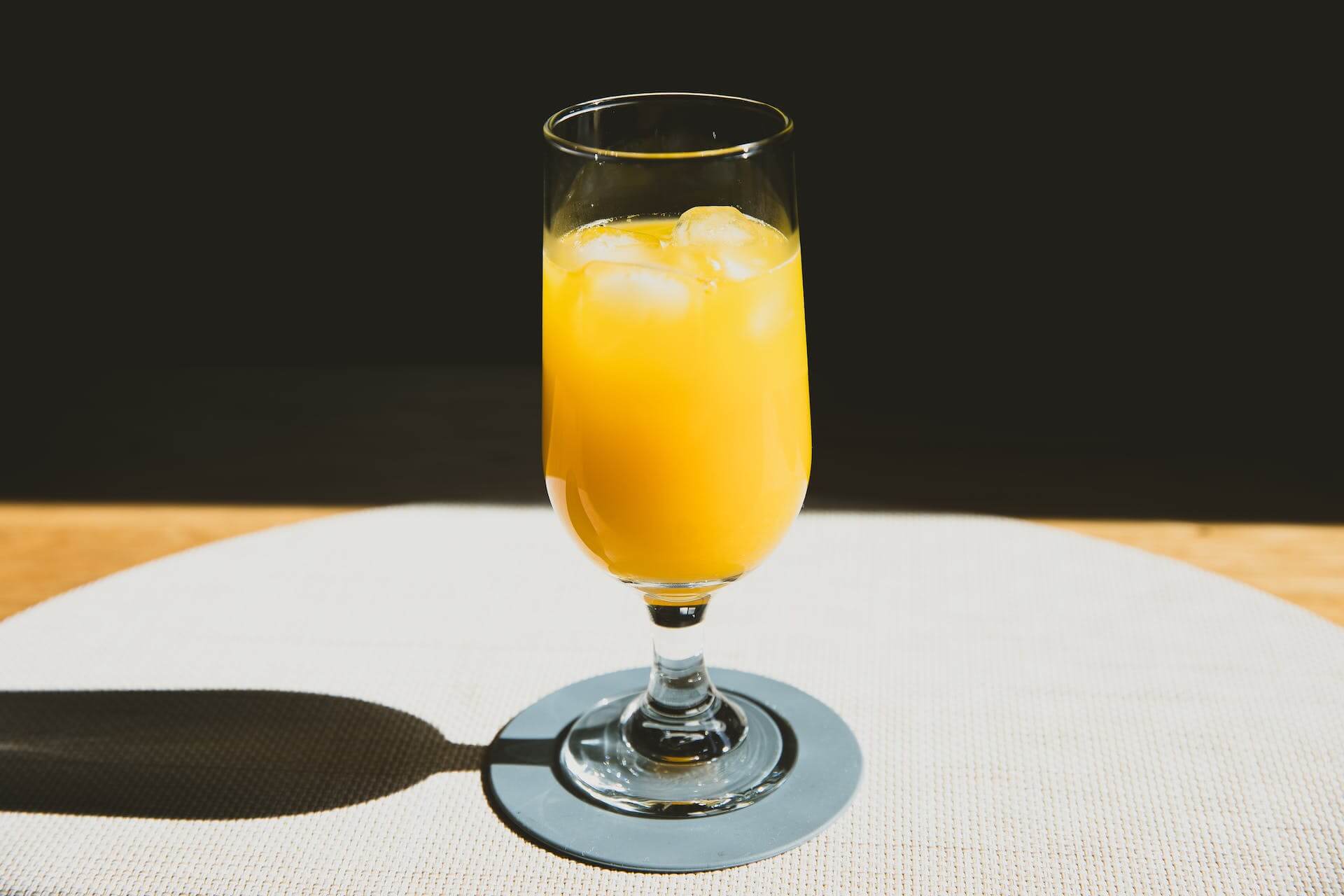Drink Donnybrook: Brandy Alexander
by David Klemt

The classic Brandy Alexander cocktail, which we celebrate at the end of this month, is slowly approaching a century since its first appearance.
That is, of course, if we go solely by the first time this creamy cocktail’s recipe was printed in a book. For the curious, the book is Cafe Royal Cocktail Book by William J. Tarling. And that book was first published in 1937. Notably, Tarling’s book was published by the United Kingdom Bartenders Guild.
Now, since you’re reading this you know this is a new entry in the Drink Donnybrook series. So, you know that the Brandy Alexander’s history is unclear. You also know, if this isn’t you’re first time reading one of these articles, that I love a cocktail with a shadowy origin.
We do know, however, that the Brandy Alexander belongs to the Duos and Trios cocktail family. Per Gaz Regan, a Duo is a base spirit plus a liqueur. Add a cream or cream liqueur to the Duo and you get a Trio, which describes the Brandy Alexander.
Let’s dive into this creamy cocktail’s creation.
Firsts
The Brandy Alexander is itself a riff on a cocktail that predates its appearance in Cafe Royal Cocktail Book by twenty years.
First, there was the Alexander. This predecessor is made with gin. According to my deep dive, the gin-based recipe first appeared in Recipes For Mixed Drinks by Hugo Ensslin in 1917.
As time went on and more cocktail recipe books were published, something interesting happened. The gin-based recipe would commonly be referred to as Alexander #1, or the first recipe. As you may have already guessed, the brandy version would be listed as Alexander #2.
Per Tomas Curras, cocktail books seem to have changed the naming convention to Alexander and Brandy Alexander some time in the 1970s.
Of the two recipes, it appears that the Brandy Alexander is the more popular. So, while it didn’t show up first, it has taken first place (allegedly) among the Alexander cocktails.
But there’s another first within the Alexander lore, as you’ll see below.
Who Done It?
Prepare to have your mind blown: We don’t know.
At best, we think we know the creator of the gin Alexander, a.k.a. Alexander #1. I say “think” because better cocktail historians than I can’t say for certain that we know the Alexander’s creator.
However, the assumption does make a great deal of sense. It’s believed that Troy Alexander—check out that surname—invented what could be the eponymous cocktail in New York City at a restaurant called Rector’s.
This would place the first Alexander’s creation some time between 1899 and 1918, the years Rector’s was in operation. Rector’s, by the way, was the first restaurant in NYC to feature a revolving door.
Alexander created the cocktail for a party celebrating a successful ad campaign featuring the fictitious character Phoebe Snow. Snow, white…white cocktail.
But who was the first person to swap out the gin for brandy in the Alexander? It’s feasible that it was Troy Alexander, of course. If it wasn’t him, well…we don’t know who decided to substitute brandy for gin.
There’s more mystery surrounding the drink’s name, as well. Some say the Brandy Alexander is a nod to Russian tsar Alexander II. Or perhaps it honors Princess Victoria Alexandra Alice Mary. The classic could also pay homage to critic Alexander Woollcott (a claim he made himself) or Grover Cleveland Alexander, pitcher for the Philadelphia Phillies from 1911 to 1917.
So, there you have it: a mystery to share with your guests when they come to your bar or restaurant for your Brandy Alexander Day promotion on January 31. Cheers!
The Recipe
Interestingly, there’s some room to play with this classic. Some people follow the equal parts rule, some add a bit more brandy than creme de cacao or cocoa. Others double the amount of brandy.
You and your bar team should play with the measurements to create your signature take on the Brandy Alexander.
At any rate, fill a shaker with ice then add one, one-and-a-half, or two ounces of brandy, one ounce of the creme de cacao of your choice, and one ounce of cream. Shake until well chilled, then strain into cocktail glass or coupe. Garnish with freshly grated nutmeg.
Image: cottonbro studio on Pexels




